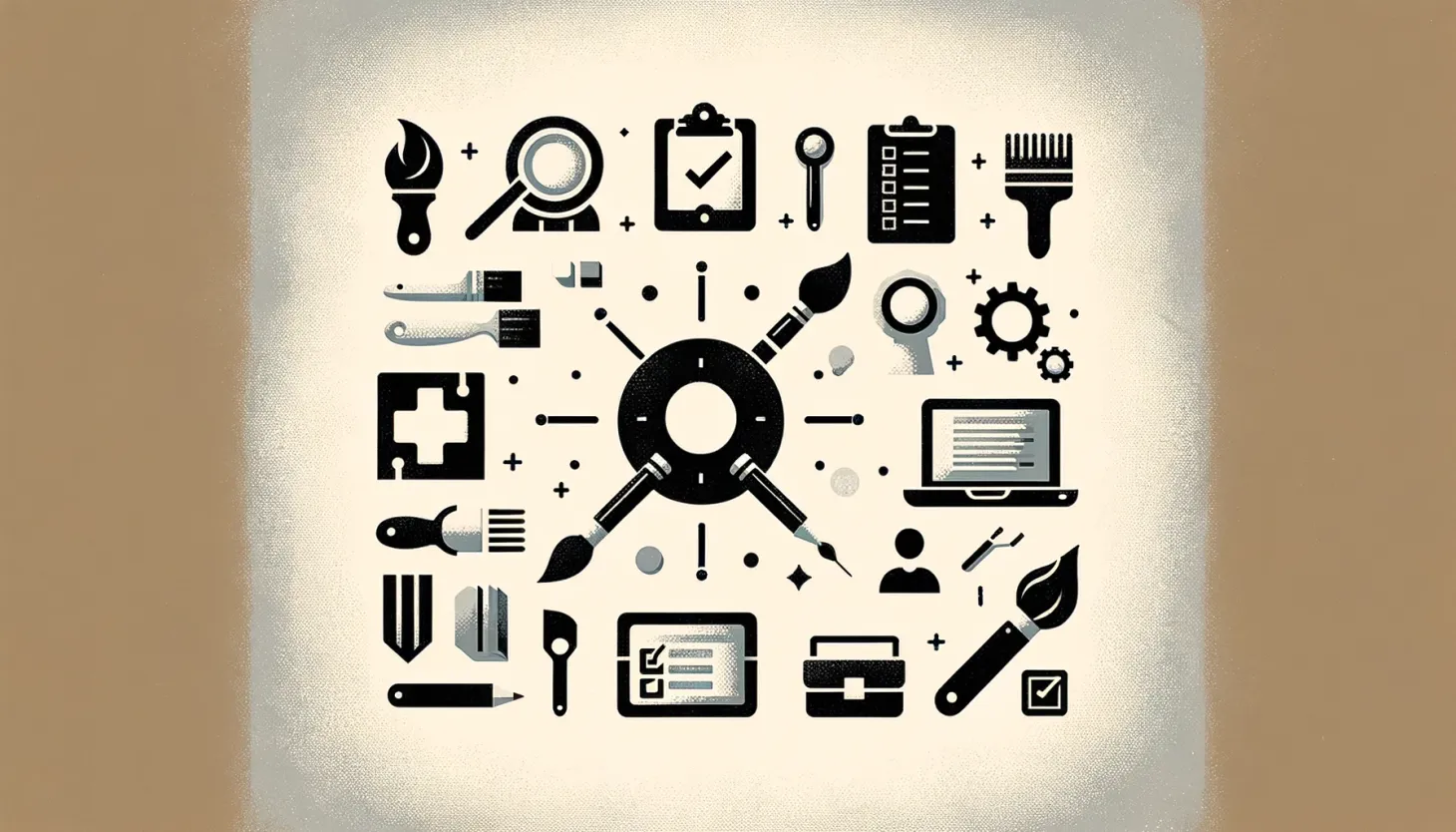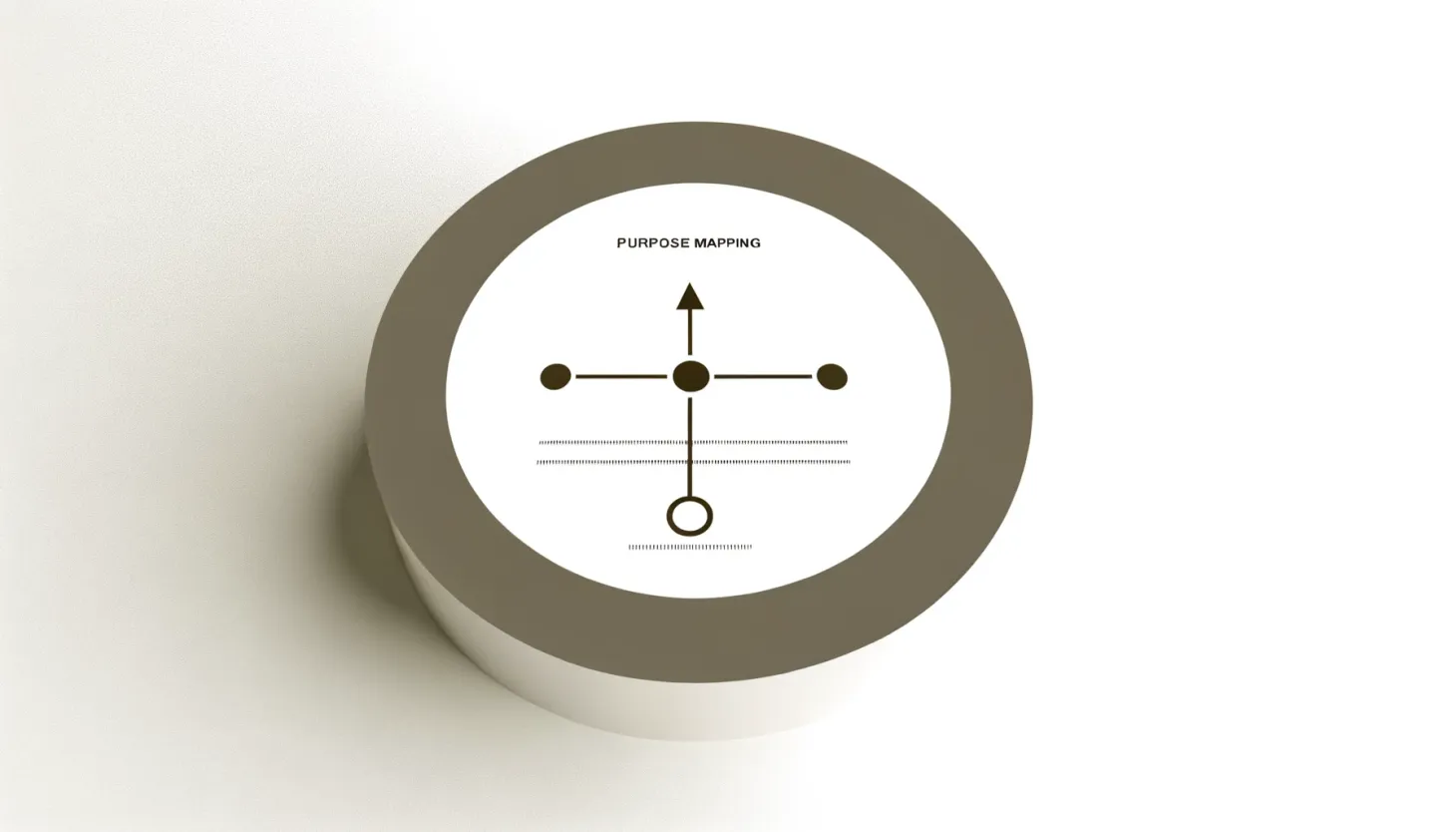Tools: Roles and Responsibilities Matrix – Clarifying Team Roles

Table of Contents
Roles and Responsibilities Matrix: Clearing the Air in Team Dynamics
In the dance of team coordination, it’s not uncommon to trip over each other’s toes. You’ve seen it before – one team member grumbles that another isn’t pulling their weight or someone’s overstepping their bounds. It’s like a play where everyone’s forgotten their lines. Enter the Roles and Responsibilities Matrix: the script that gets everyone back on track.
The Setup: Rows and Columns
Picture a table like a chessboard. In the rows, list every task that needs doing. Think ‘weekly hiring report,’ ‘updating hiring statuses,’ ‘gathering data,’ ‘posting jobs online,’ and ‘nudging managers to share postings.’ These are your moves in the game.
Now, the columns are all about the roles, not the faces behind them. This exercise isn’t personal; it’s structural. Line them up: ‘Social Media Manager,’ ‘Recruiter,’ ‘Hiring Manager.’ Now is when you see if you’ve got your knights and bishops in the right spots or if you’re missing pieces entirely.
Defining the Roles: Responsible, Approver, Informed, Consulted
Here’s how it breaks down:
• Responsible: They’re the doers. If it’s their responsibility, they’re the ones getting their hands dirty.
• Approver: They’re the gatekeepers. Nothing gets past them without a nod.
• Informed: Keep them in the loop. They’re the audience that needs to stay updated.
• Consulted: They’re the advisors. They might not do the deed, but their wisdom counts.
Facilitating the Meeting: You’re the Director, Not the Star
Set up a meeting, but here’s the key: you’re the facilitator, not the boss. You’re there to guide the conversation, not dictate it. Have the team lay out all the tasks – the good, the bad, and the ugly. Then, together, map them to the roles. Remember, we’re talking about ‘roles,’ not ‘jobs.’ This meeting isn’t about who’s doing what but what needs to be done and who’s best suited to do it.
Filling in the Gaps: Next Steps and Division of Labor
Now, you need to look at where the gaps are. Are there roles with too much on their plate? Or maybe tasks that are falling through the cracks? Identifying and filling these gaps is how you fine-tune the Matrix. Make sure responsibilities are evenly distributed and that everyone knows who does what. It’s about finding that sweet spot where the workload is balanced and everyone knows their part.
Conclusion: The Final Act
With the Roles and Responsibilities Matrix, you’re not just solving squabbles; you’re choreographing a team. It’s about giving everyone the clarity and structure they need to perform at their best. When everyone knows their role and responsibilities, the whole team moves harmoniously. And that’s when the real magic happens – a team that’s in sync, efficient, and, most importantly, happy with the part they play.
Frank Blecha Newsletter
Join the newsletter to receive the latest updates in your inbox.




